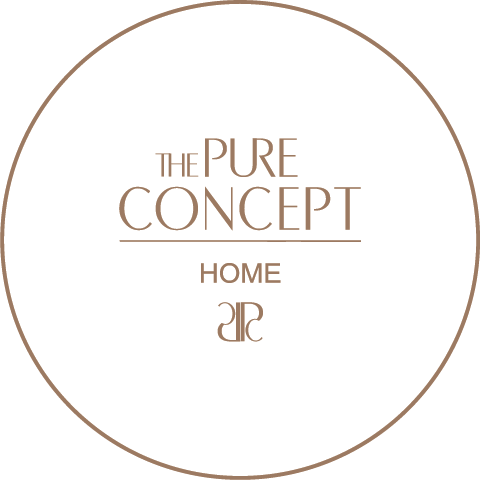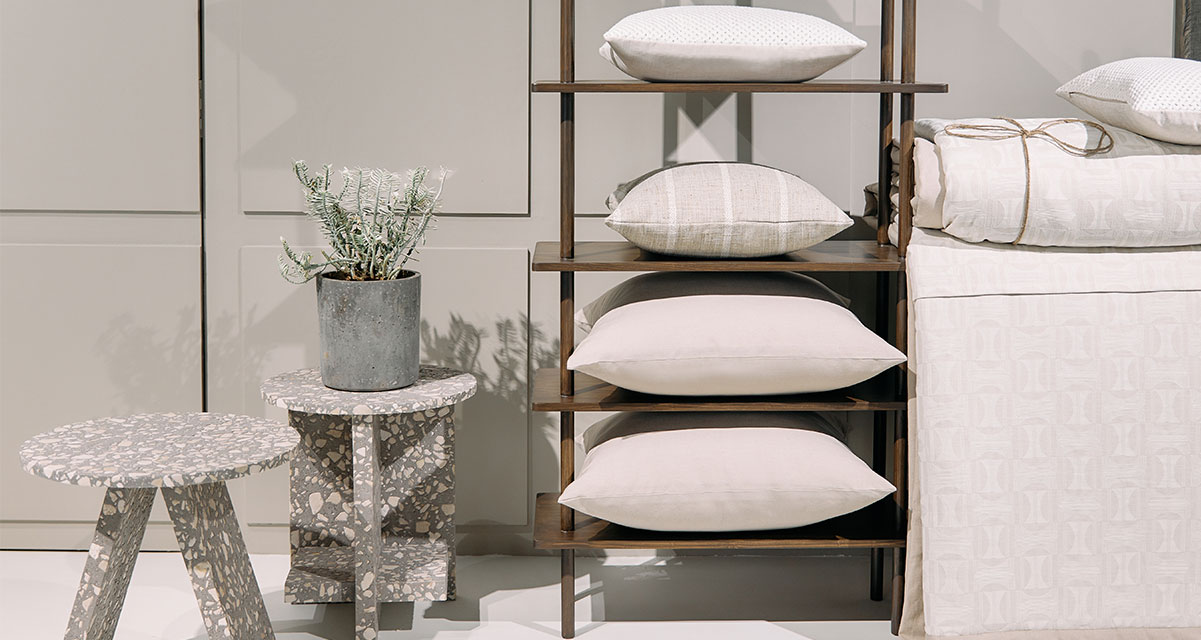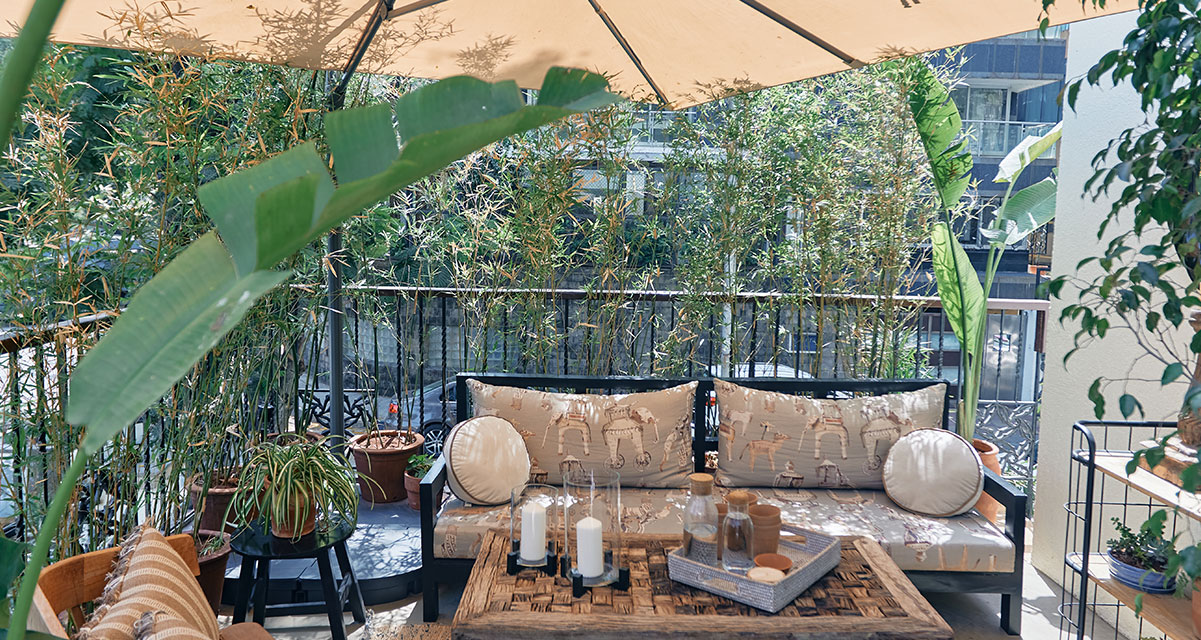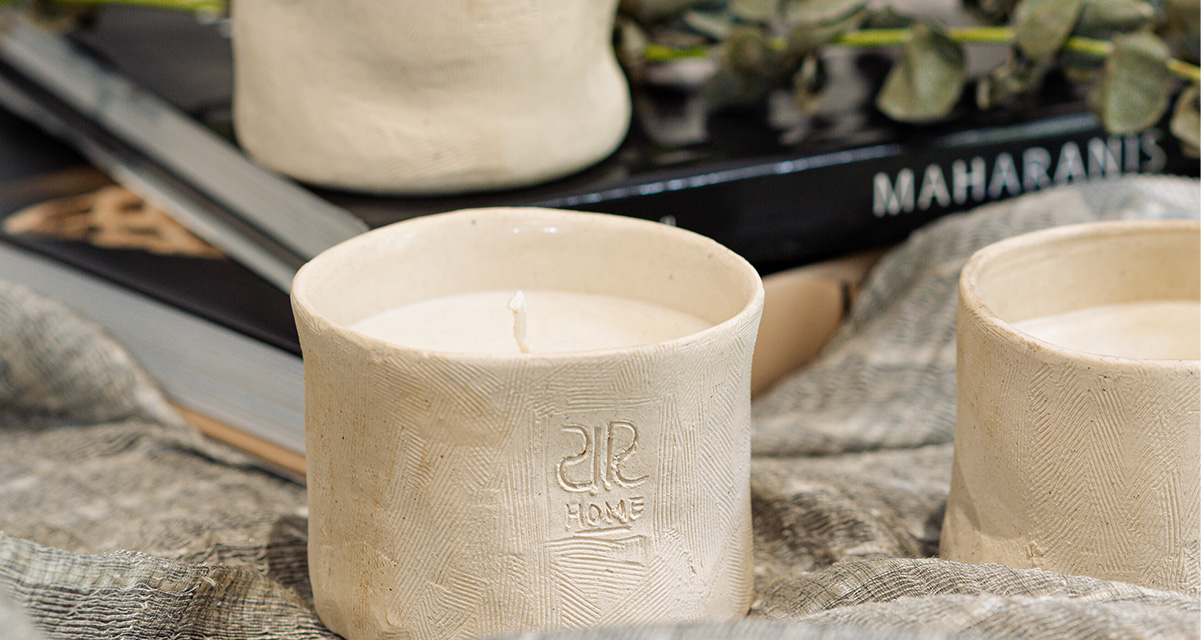
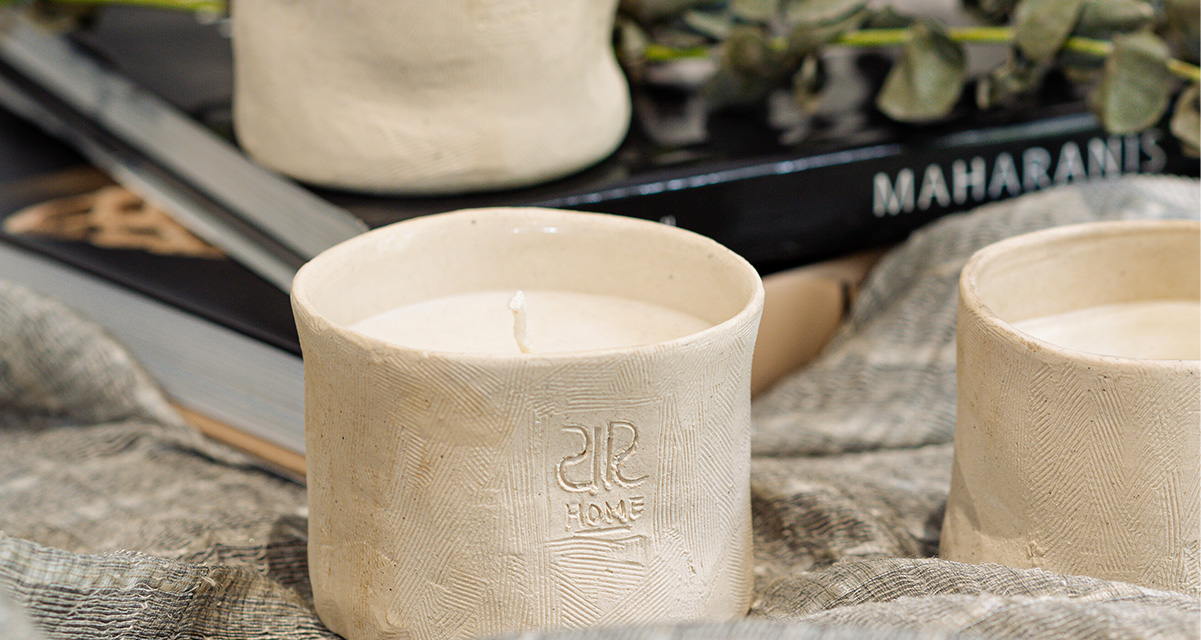
Zen-Den: What Does Your Wellbeing Space at Home Look Like?
Wellbeing spaces represent a fast-growing home interior design and styling trend. But, for many, they’re first and foremost symbolic of a lifestyle commitment.
Wellbeing is a holistic concept, revolving around the idea of feeling anchored in one’s reality; of being in tune with Nature’s rhythms; of feeling empowered to recalibrate our ‘batteries’ when we feel ‘out of it.’
Here are some of our recommendations for your ‘zen-den’ at home.
Understand the natural energies of a space to begin with
Inspired by Japanese design philosophies, we believe in honouring how any space has its own way of ‘being,’ before it has been labelled according to its potential to ‘host’ human activities.
Think about why certain parts of your home attract you for wellbeing rituals. Their inherent strengths and beauty will unfold before you, making it easier to organise your inspirations before you start designing or styling.
Look for sources of natural light, or the right kind of mood lighting
Few things can beat the ability of natural light to fill a space with warmth, lightness, and expansiveness. Natural light puts you in an energised and optimistic mood for wellbeing rituals.
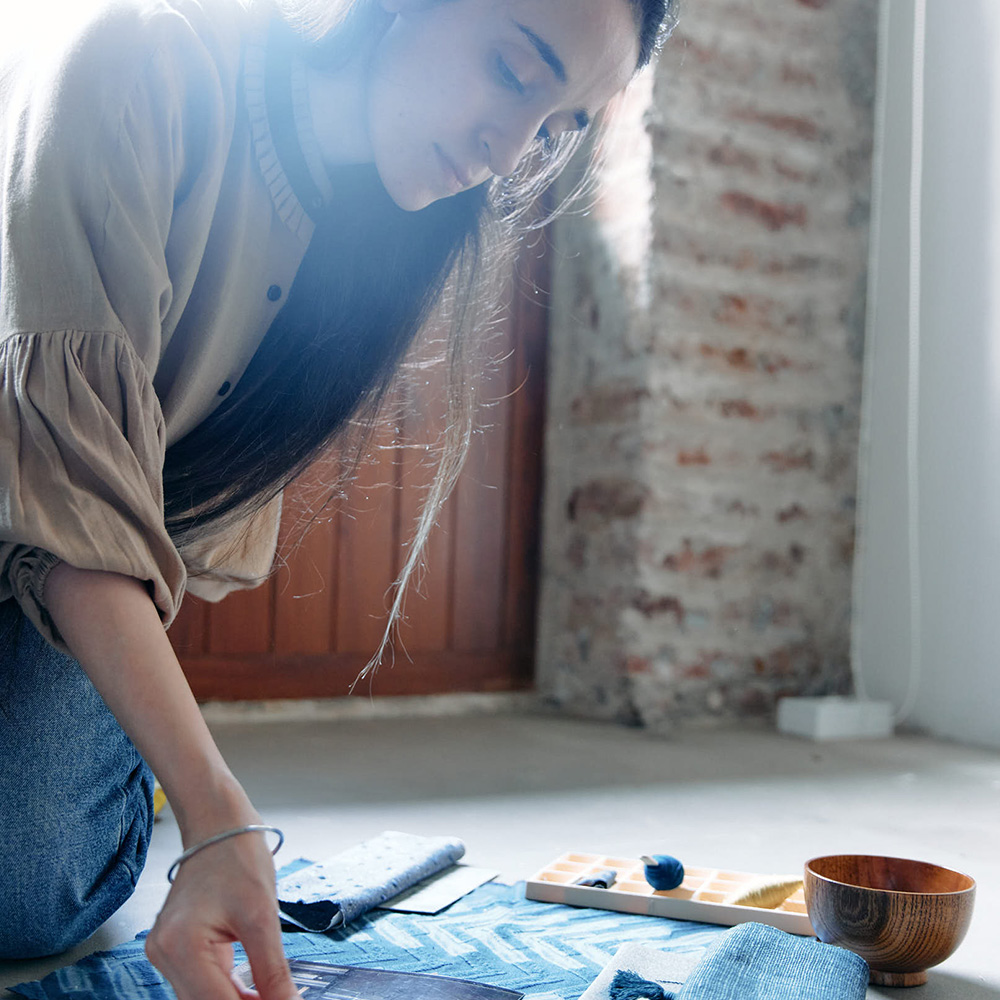
Add lightweight linen curtains or sheers to enhance these effects of incoming light.
You might like drapes as dividers instead of doors, to make movement easier – and more ethereal
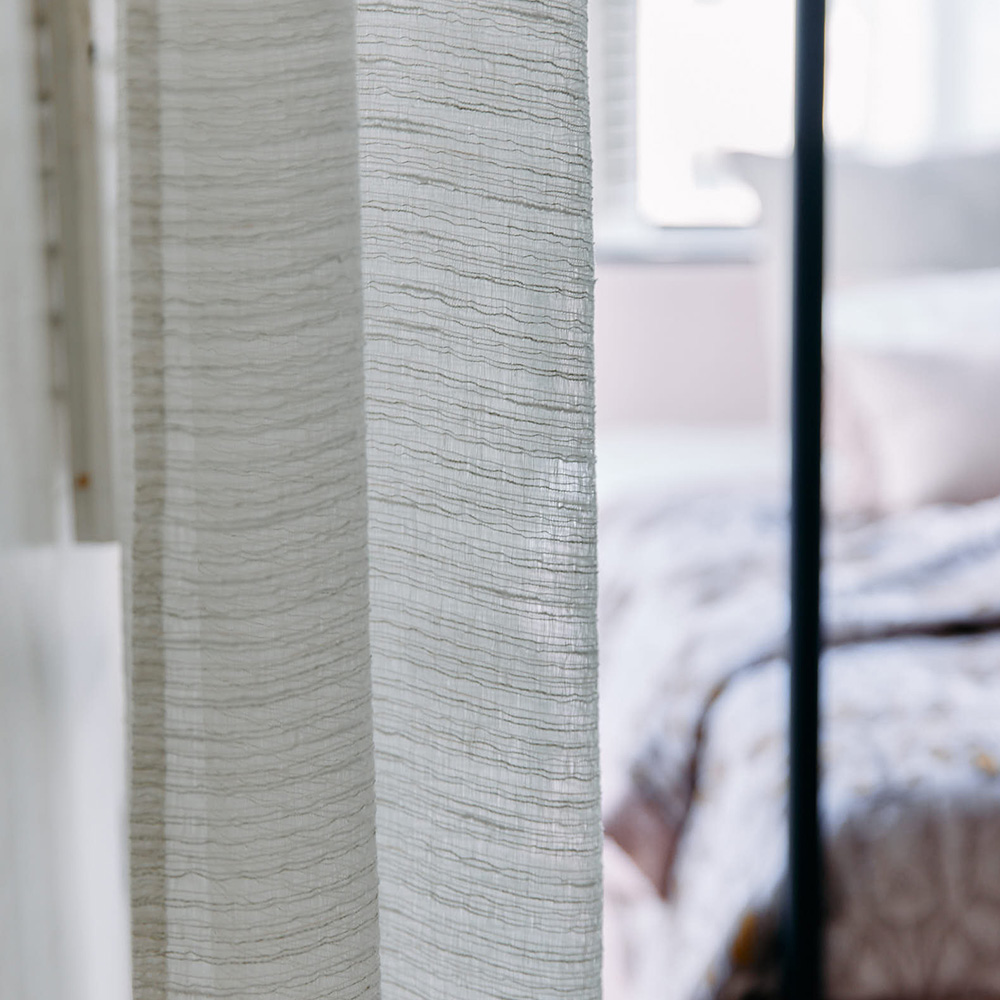
Consider yourself lucky if your home design naturally accommodates large windows, or even a skylight!
With or without sources of natural light, you may also like to choose mood lights in yellow or white light, in varying intensities according to choice and comfort level.
Find the wellbeing-related colour psychology that works for you
Pastel shades are popular for their non-intrusive charm. There’s a wide range of shades with intuitive appeal – powder blue, coral or salmon orange, ashes-of-roses pink, lilac or lavender, lemon and mint, sage green, sepia brown, and so on.
Of course, the traditional neutrals – greys, whites, beiges – never go out of style.
If you prefer jewel tones, patterns, or wallcoverings, then go for it. Colours, and related patterns or textures express emotions, so there’s no right or wrong answer. But, seeing as you’re not likely to change the colour scheme too frequently, remember to make timeless choices.
Who doesn’t like fresh greens and flowers?
The simplest flowers, the smallest potted greens, and the most humble of herbs in a windowsill tray hold Nature’s restorative, rejuvenative powers within them. If your rituals incorporate the use of any flowers or herbs, it makes sense to have them handy. For some, tending to greens and flowers is a wellbeing ritual in itself.
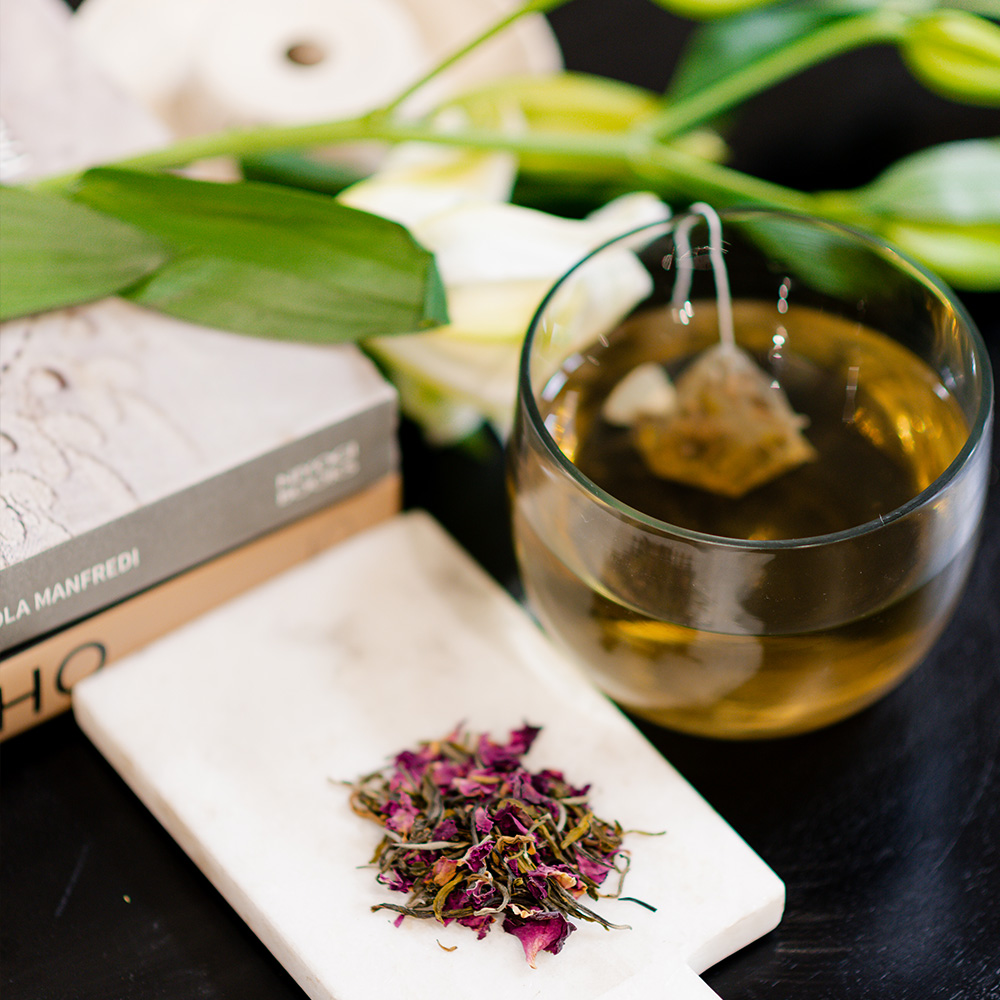
Use natural materials – or natural texture finishes
Teak or ash wood furniture, jute fabrics, marble table tops, or ceramic containers help suggest a connection with rooted, raw functionality, and the contemporary finesse is a matter of personal aesthetics. These materials earn their place in a wellbeing space for their timeless durability, and versatility, and the sense of reassurance that comes from it. Excellent choices for making altars for rituals, meditation and prayer, and for storing or displaying personal talismans.
Assess if – and how – you can incorporate sound and fragrance.
Some spaces are naturally acoustics-friendly, ideal if you’re inclined towards sound healing practices or music therapy. Aromatherapy needs but a scented candle, diffuser oils or reeds, or incense resins as their medium to fill the space with meditative, or protective vibes.
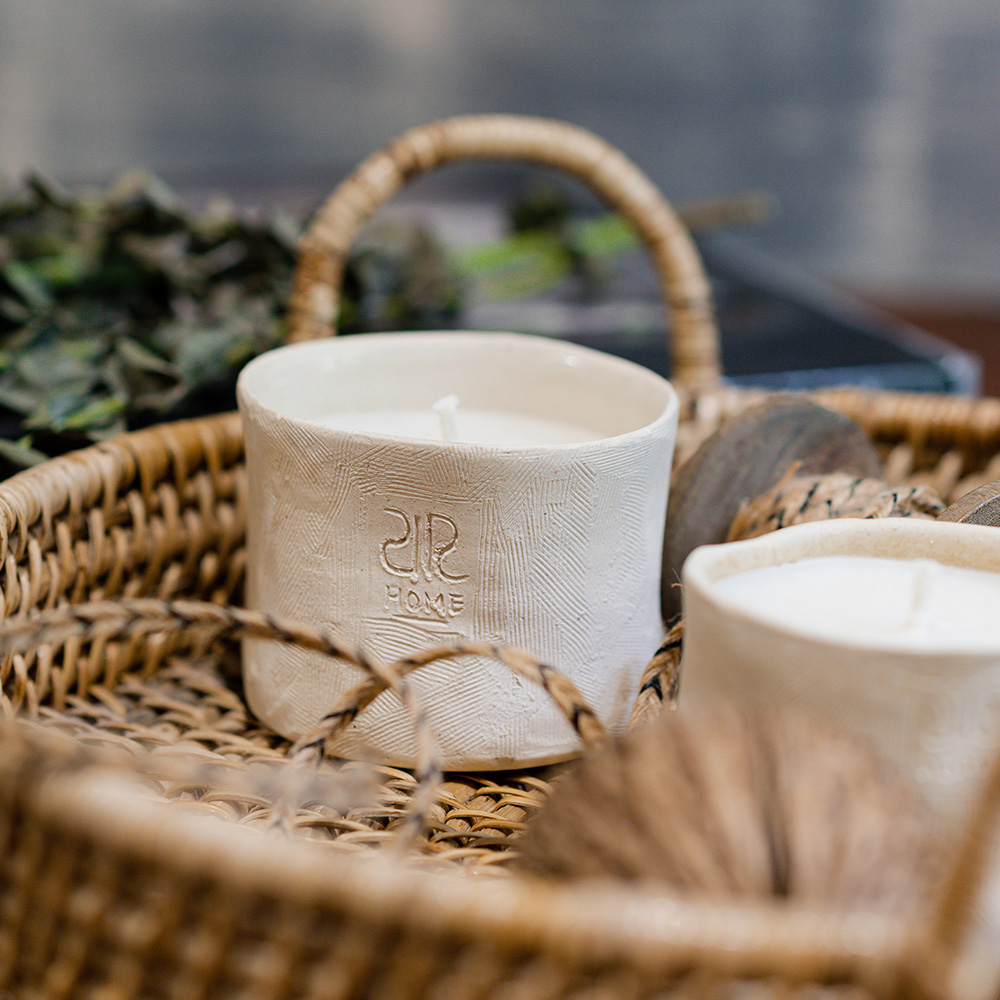
Make space for the soul-tribe, even in solitude
They say no man can live as an island, and the pandemic has sensitised us to what makes us truly human. While solitude is needed, and sometimes mandatory, in wellbeing spaces; it’s also nice to think about a sofa, or table, where you can enjoy a cup of your favourite brew, and talk things out with family and friends.
